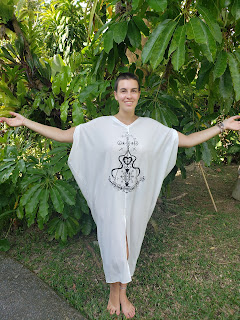DIY: Learn to make a braided rug from old materials.
Learn How to Make a Beautiful Braided Rug from Old Fabric
Image © Martin Labar
If you’ve ever cringed when your bare toes have come into contact with a freezing floor first thing in the morning, you can probably appreciate how much difference a rug can make to a room. As the mercury drops and frost begins to appear on windowpanes, having an extra layer of insulation on the floor can make a world of difference to your comfort level, and your heating bills. Here’s how to put together a simple braided rag rug—if you have basic braiding and hand-sewing skills, you can probably make this in a single weekend.
What You’ll Need:
- Long strips of fabric (old sheets and curtains are ideal, and far easier to work with than t-shirt scraps sewn together to make them longer)
- Sewing scissors
- A ruler
- Pins
- Safety pins
- Sewing needle(s)
- Thread in a color that’s neutral to the fabrics you’re working with
You can often find some great deals on cloth at large fabric stores: if they only have a yard or two of a particular fabric left, they’ll often mark it down like crazy, and you can score some beautiful colors at 1/2 to 1/4 their original price. If you’re in love with a particular cloth, but they only have a single yard of it, get it anyway! You can sew the cut strips end-to-end to make one long one, and it’ll add a lovely vibrance to the carpet you’re creating.
Where Will It Go?
While you’re in the planning stages for your rug, think about where you’re going to place it. Its final resting place won’t just determine the colors you’ll want to use, but also its size and shape. If this is going in the kitchen, you might like a rectangular piece that’s just large enough to stand on when you’re at the stove or sink. If it’s for a child’s bedroom, maybe a round or oval shape would be preferable, so it can take up a significant amount of space in the room without interfering with furniture placement.How to Create the Rug
Take a sharp pair of scissors and cut your fabric into long strips. Try to ensure that they’re of equal width and length, but if there are slight deviations, don’t worry about it. One of the easiest ways to do this is to take a ruler and cut little notches every inch or so along one edge of your fabric. If you have any loose strands fuzzing along the edges of your strips, just cut them away as you come across them. Once you have a nice, big pile of fabric strips, roll them into three equal-sized balls. To make very long, continuous strands, all you have to do is overlap ends and use a needle and thread to sew them together.Now, grab an end from each of the three balls, overlap them, and sew them together. Take a safety pin and pin this edge to a couch, curtain, or other sturdy fabric item that you can use to secure it as you work. Keep the wound balls fairly close together (keeping them in a box on the floor seems to work), and braid the strips together, moving backward a bit as you work. As the braid gets longer, you can re-pin it to the base again and again so you don’t have to back out through your house and down the street to get it all done.
*Note: If you’re making a square or rectangular rug, you can just make a bunch of braids that are the same length, so all you have to do is sew them together side-by-side. For oval or circular rugs, you’ll need a very long, continuous braid so you can coil it.










Comments